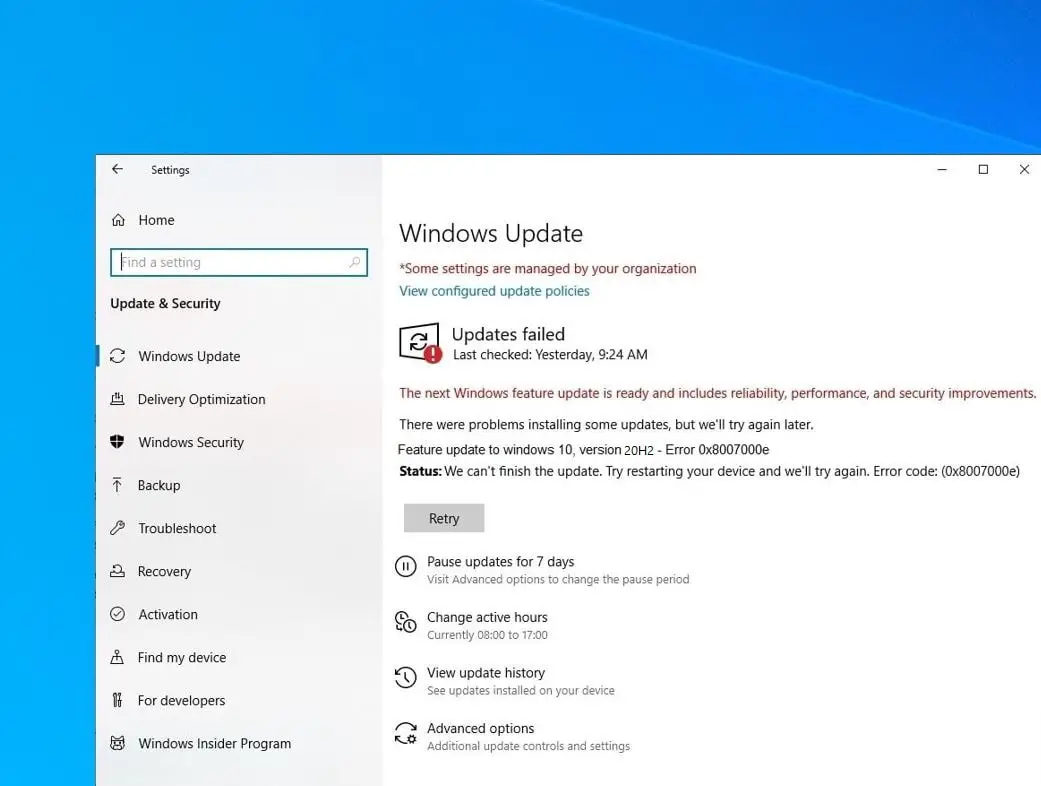

Real-time rendering with Unreal gives immediate feedback to global teams as scenes are updated. Productions like The Mandalorian and Ford v Ferrari use it to create stunning visuals from previs to post-production. Unreal Engine is the industry-standard 3D previsualization software. Plus, these game engines are free to use (some asterisks do apply). You can change lighting, physics, and more all to create dynamic stories throughout previs and beyond. If you want to build big, game engines are the ticket. What if you could create visuals in previs, use them, and then iterate on it and make it even better? You can with the right previsualization software…ģD Previs Software » Drive New Innovations But once you go to production, the work is not always relevant. These software tools do a lot to plan out your vision. You can program shot angles to create more dynamic storyboards. If you want details in cinematography, FrameForge Previz Studio can help. Although this lacks the quality of a game engine, it can help you figure out where actors and props go on set. There are tools to build sets and characters.

MovieStorm is a 3D previs software tool that provides some animation for storyboarding. It includes backgrounds, objects, characters, effects, and animations that you can use to storyboard. While a little pricier than Storyboard Pro, Storyboard Artist Studio 7 packs in features that allow you to create quickly. Creatives can sketch using built-in drawing tools and add in animations and sounds. Its intuitive interface is like Photoshop, which allows new users get up and running quickly. Storyboard ProĮmmy-award winning Storyboard Pro has been used by hit shows like The Simpsons. Looking for stuff on just game engines? Jump ahead. Let’s review some 2D and 3D previs options. There are a lot of previsualization software out there. So, what kind of previsualization software are teams using? Storyboard Software Examples For many, the final cut would be a mystery! But enhancements in 3D previs software now allow everyone to see a blocked-out preview of the final film before production even starts. In the past, production would wrap, and the final film would head off to editors and VFX houses. During previs (and now even into production) creatives can position, edit, and modify objects and backgrounds in just a few minutes.įor filmmakers, this is a total game changer. It also helps ensure that when people start working on set that the vision matches with what is being captured on film. Using previsualization software, teams can storyboard digitally, allowing them to produce and make changes faster. Why Do Filmmakers Use Previsualization Software? Postvis happens during the post-production and editing process. It can also incorporate details on camera work, lighting, coloring, layout, and more. Techvis is a version of previs that involves adding in 3D effects and CGI. Once assets are approved, they sometimes need more technical information. During previs, teams can experiment with new and innovative technologies. For virtual production projects it can be much earlier, closer to 20 weeks. Previs happens early, probably eight weeks before anyone steps on set. There are a lot of steps to visualize in the filmmaking process. What’s the Difference Between Previs, Techvis, and Postvis? Producers, directors, and other stakeholders can understand how the end film will look and provide feedback before going into production. Previsualization - also known as previs, pre-rending, or wireframing - involves traditional and virtual art departments (VADs) visualizing complex scenes before filming. This can help create more buy in amongst stakeholders and allow the imagery to evolve across projects. Teams can use Unreal Engine, Unity, and more to start designing final assets from day one. 3D previs software - like powerful game engines - are empowering teams to do more than map out their creative journey. With the rise of virtual production, previsualization has taken on a new meaning. It allows artists to take five lines of a script and bring the story to life. Filmmakers have been using previsualization software to storyboard for years.


 0 kommentar(er)
0 kommentar(er)
